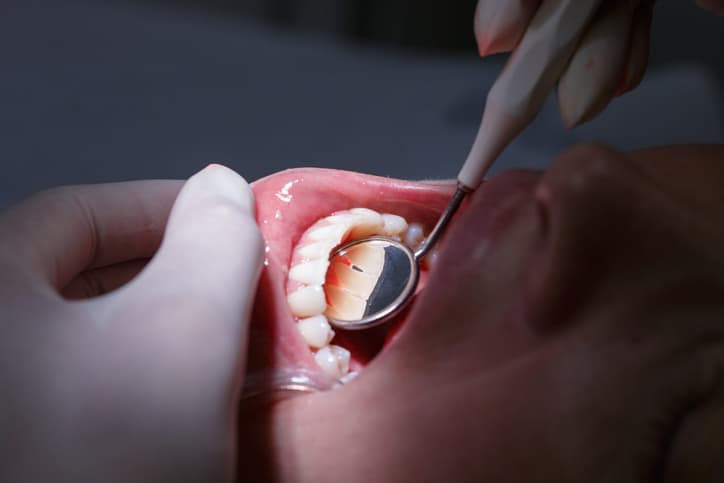 What is Gingivitis?
What is Gingivitis?
Gingivitis is a common reversible disease of the oral cavity. Periodontal disease starts as untreated gingivitis, according to the American Academy of Periodontology. One of the primary signs of gingivitis and periodontal disease is inflammation. In fact, gingivitis along with periodontal disease are the two major inflammatory diseases that affect the periodontium (the tissues that support and surround the teeth). There are many people that have gingivitis, yet are unaware or have no familiarity with its signs and symptoms.
Who Does Gingivitis Affect?
It is important for individuals to distinguish the signs of healthy and unhealthy gingiva, commonly referred to as gums. Gingivitis can affect people of all age groups and genders.
What Causes It?
Bacterial plaque accumulation between the teeth and under the gingiva is the primary factor in the development of gingivitis, which is inflammation of the gingiva. The body’s immune system responds to infection, injury, or shields itself from irritation with an inflammatory response. The gingiva is no exception. The characteristics of inflammation are swelling, redness, heat, and discomfort surrounding the affected area. Chronic inflammation can contribute to gingival enlargement. Examples of contributing factors, include stress, pregnancy, puberty, inadequate nutrition, HIV infection, smoking, aging, and hormonal fluctuations.
What Can I Do About It?
Gingivitis can be reversible with an effective home care regime that reduces bacterial plaque build-up. The adequate use of mechanical oral hygiene aids, such as toothbrushes, floss, and antimicrobial mouth rinses, can be used to control plaque accumulation and prevent gingivitis.
Signs of Healthy Gums
These are key indicators that your gums are healthy:
- Pale color or melanin pigmentation
- Firm and flat gum tissues
- Stippled texture
- Painless
- No bleeding
Signs of Gingivitis
- Red or bluish red (chronic inflammation) gums
- Bleeding when you brush or floss
- Soft and spongy gums
- Loss of stippling (orange-peel appearance)
- Pus
- Inflammation (edema) or swollen gums
- Bad breath
- Receding gums
- Occasionally painful or painless gums
When to See a Dentist
Regular checkups are recommended to identify signs of gingivitis, tooth decay (dental caries), or other oral health conditions that could contribute to dental or systemic complications. It is important to schedule an appointment with your dentist if you notice any signs or symptoms of gingivitis. The chance of reversing gingivitis and preventing its progression to periodontal disease is greater when dental treatment is sought early. Compliancy is essential to restore your gums back to a state of health. The maintenance of good oral health is a great effort to keep the body healthy.
